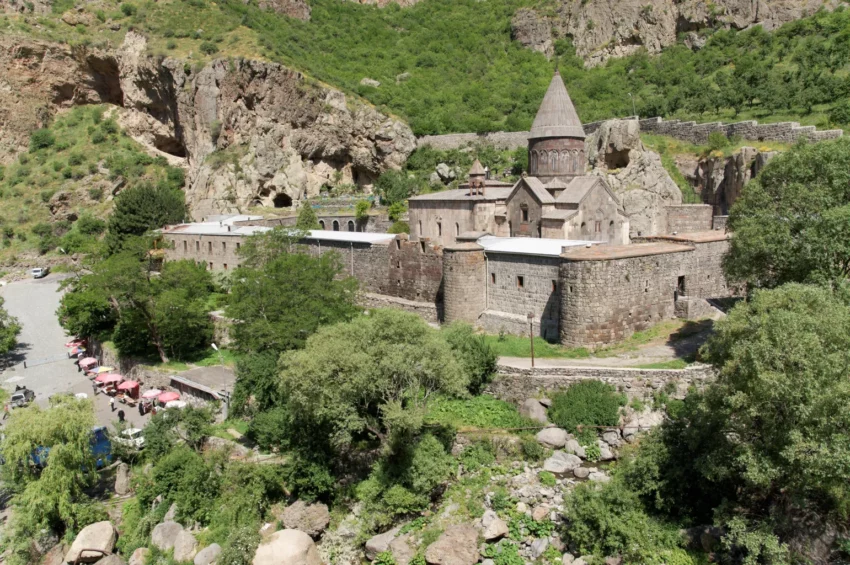Armenia, a land of stunning landscapes and deep historical roots, is home to a wealth of ancient sites and historical places that reflect its rich cultural heritage. In this blog post, we explore eight of Armenia’s most remarkable landmarks, each offering a unique glimpse into the country’s storied past. Discover the classical beauty of Garni Temple, the spiritual significance of Khor Virap Monastery, and the architectural grandeur of Tatev Monastery.
Get your dose of History via Email
Wander through the serene grounds of Noravank Monastery and Haghpat Monastery, marvel at the rock-hewn Geghard Monastery, and uncover the history of Sanahin Monastery. Additionally, explore the medieval fortifications of Amberd Fortress, perched high in the mountains. Join us on a journey through Armenia’s rich historical and cultural tapestry, as we uncover the stories and architectural wonders that have shaped this remarkable nation.
Garni Temple
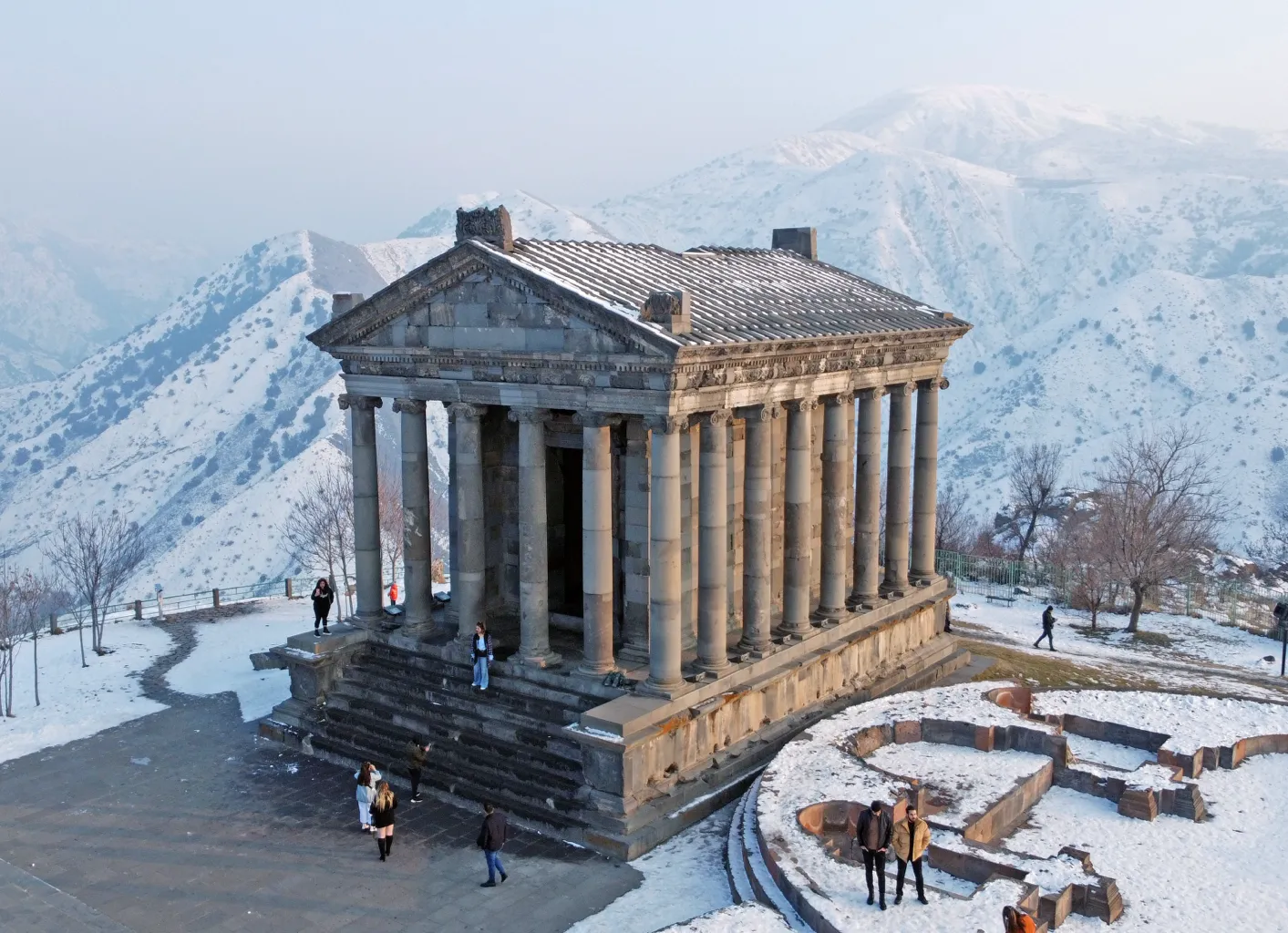
The Garni Temple stands as a symbol of pre-Christian Armenia, showcasing Hellenistic architecture. Built in the 1st century AD, it’s the only Greco-Roman colonnaded building in the country. The temple’s Ionic columns and precise geometry are a testament to ancient craftsmanship. Visitors best enjoy Garni in spring or autumn to avoid the summer heat. There’s a small entrance fee, and the nearby Garni Gorge offers stunning views.
Khor Virap Monastery
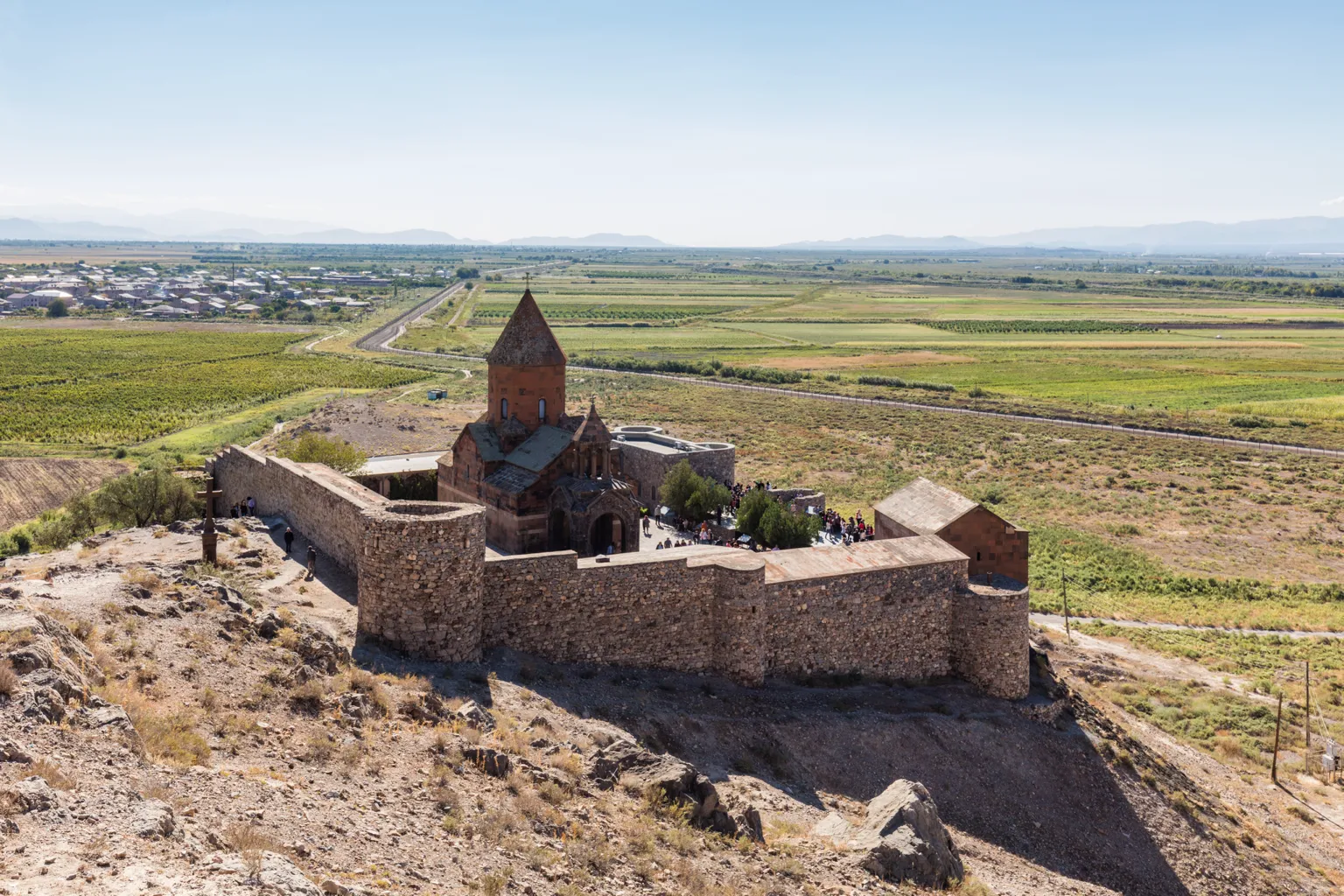
Khor Virap Monastery is iconic for its location near Mount Ararat, where Noah’s Ark is said to have landed. Established in the 6th century AD, it’s a pilgrimage site where Saint Gregory the Illuminator was imprisoned. The monastery offers panoramic views of the mountain. Early morning visits are recommended for the best views. There’s no entrance fee, but donations are appreciated.
Tatev Monastery
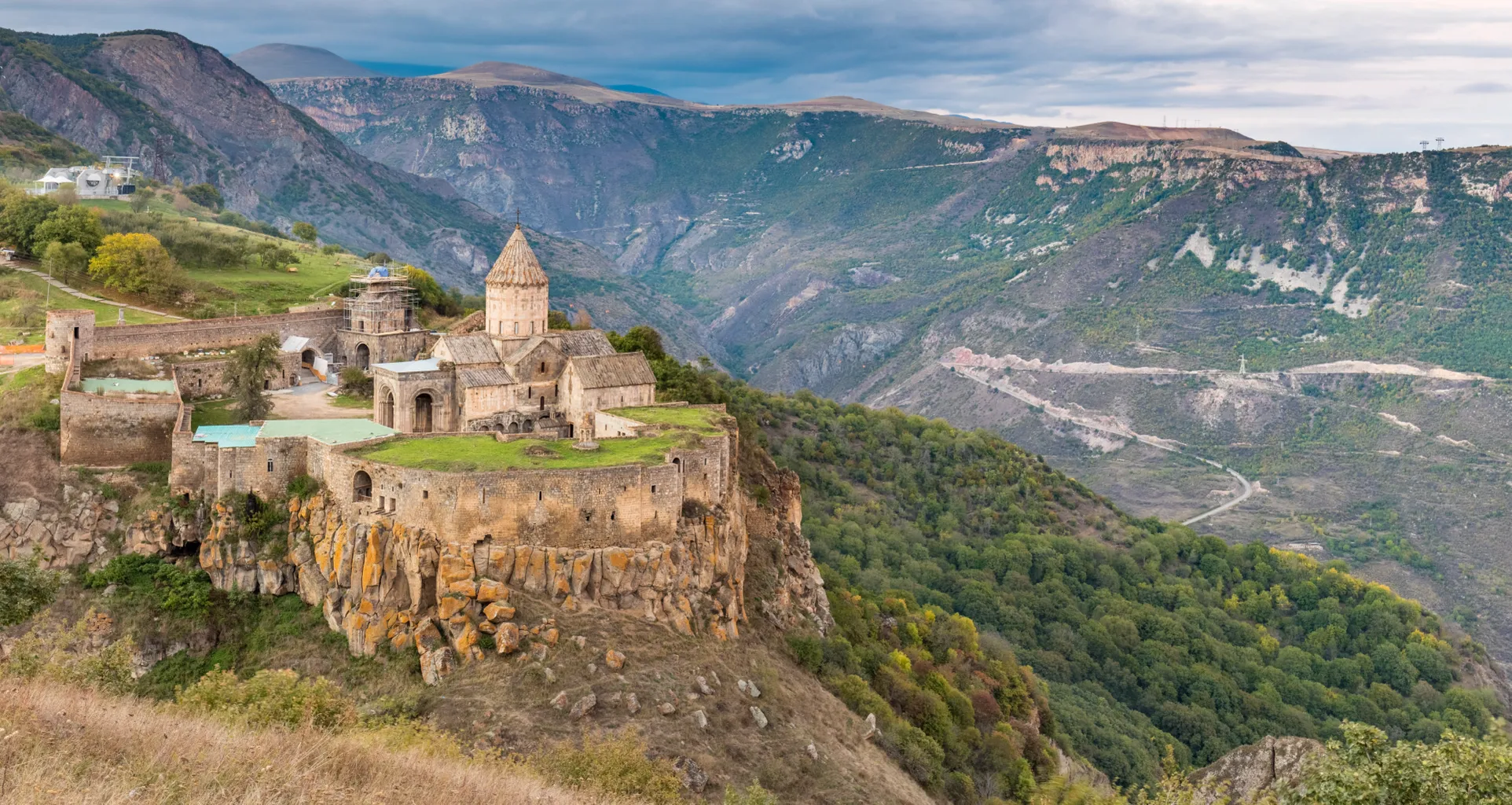
Perched on a cliff, Tatev Monastery dates back to the 9th century AD. It’s famous for the Wings of Tatev, the world’s longest non-stop double track cable car. The monastery’s St. Poghos-Petros Church is an architectural masterpiece. Visit in the fall for a breathtaking backdrop of colorful foliage. There’s a small fee for the cable car, but the monastery itself is free to enter.
Noravank Monastery
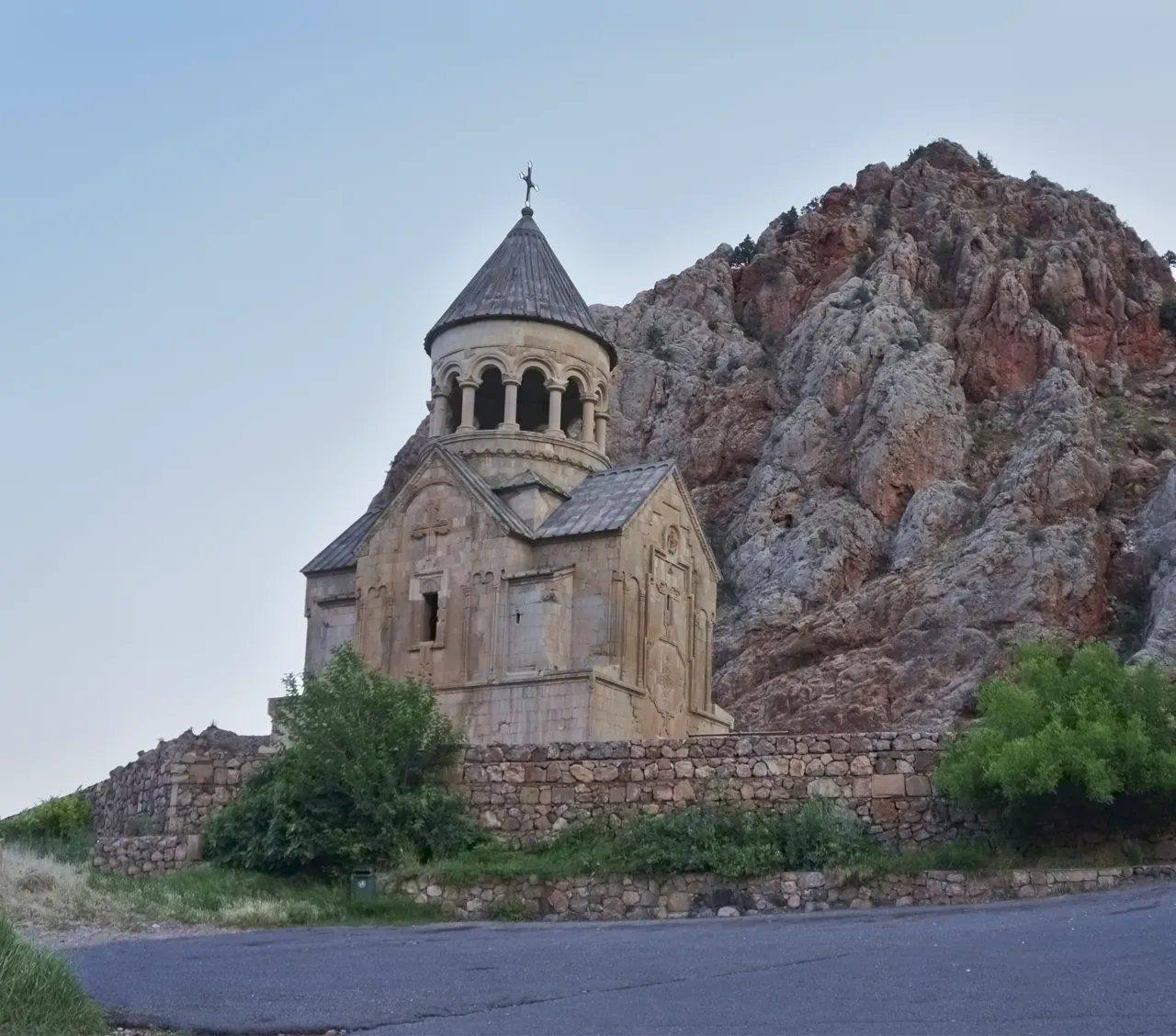
Noravank Monastery, nestled in a narrow gorge, was built in the 13th century AD. It’s renowned for the Surb Astvatsatsin Church, with its intricate two-story entrance. The best time to visit is early morning or late afternoon for the soft lighting. There’s no entrance fee, but the road to the monastery is quite rugged.
Haghpat Monastery
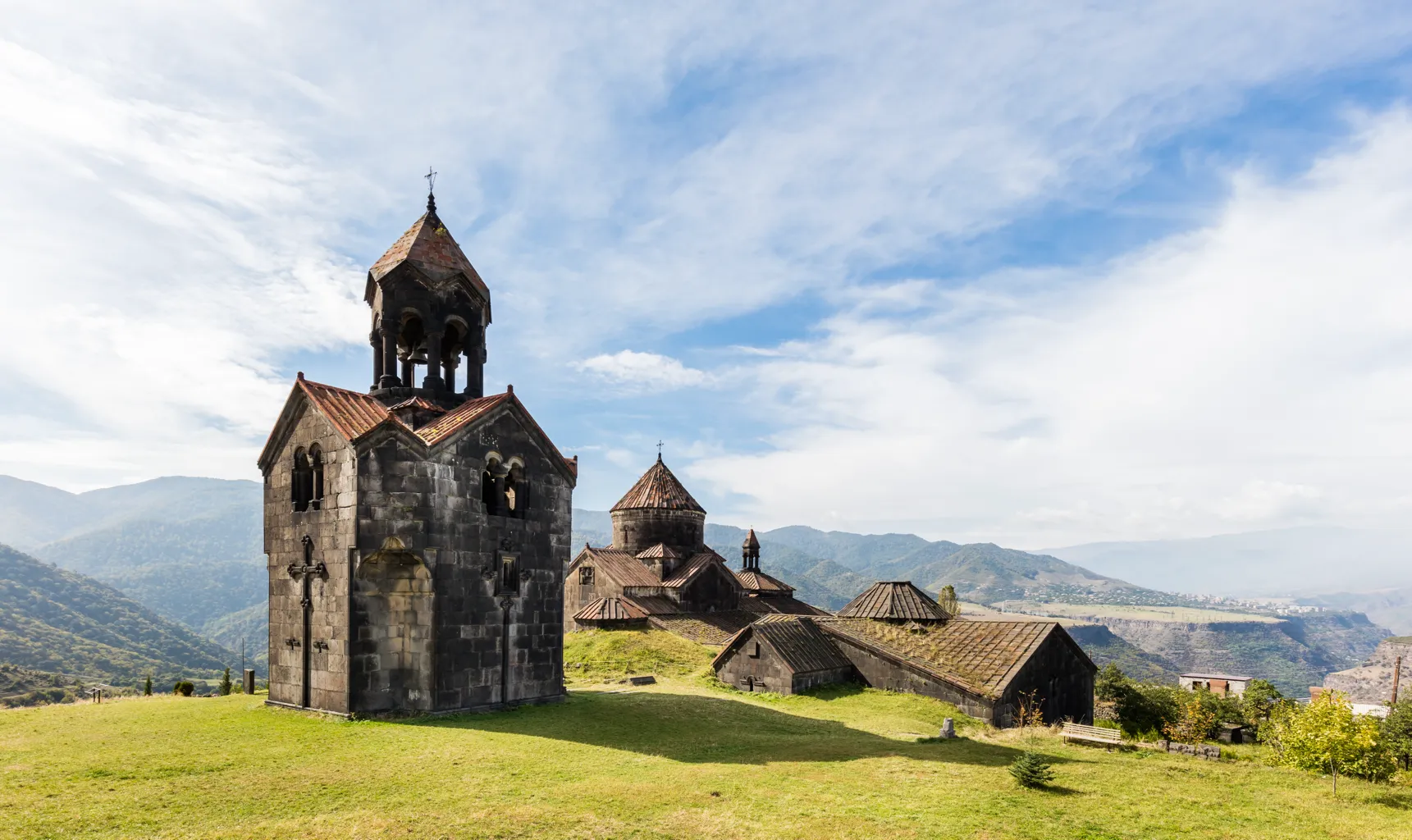
Haghpat Monastery, a UNESCO World Heritage Site, dates to the 10th century AD. It’s an exemplary piece of medieval Armenian architecture. The complex includes khachkars (cross-stones) and a unique bell tower. Late spring and early summer offer pleasant weather for exploring. There’s no entrance fee, and the surrounding nature trails are a must-see.
Geghard Monastery
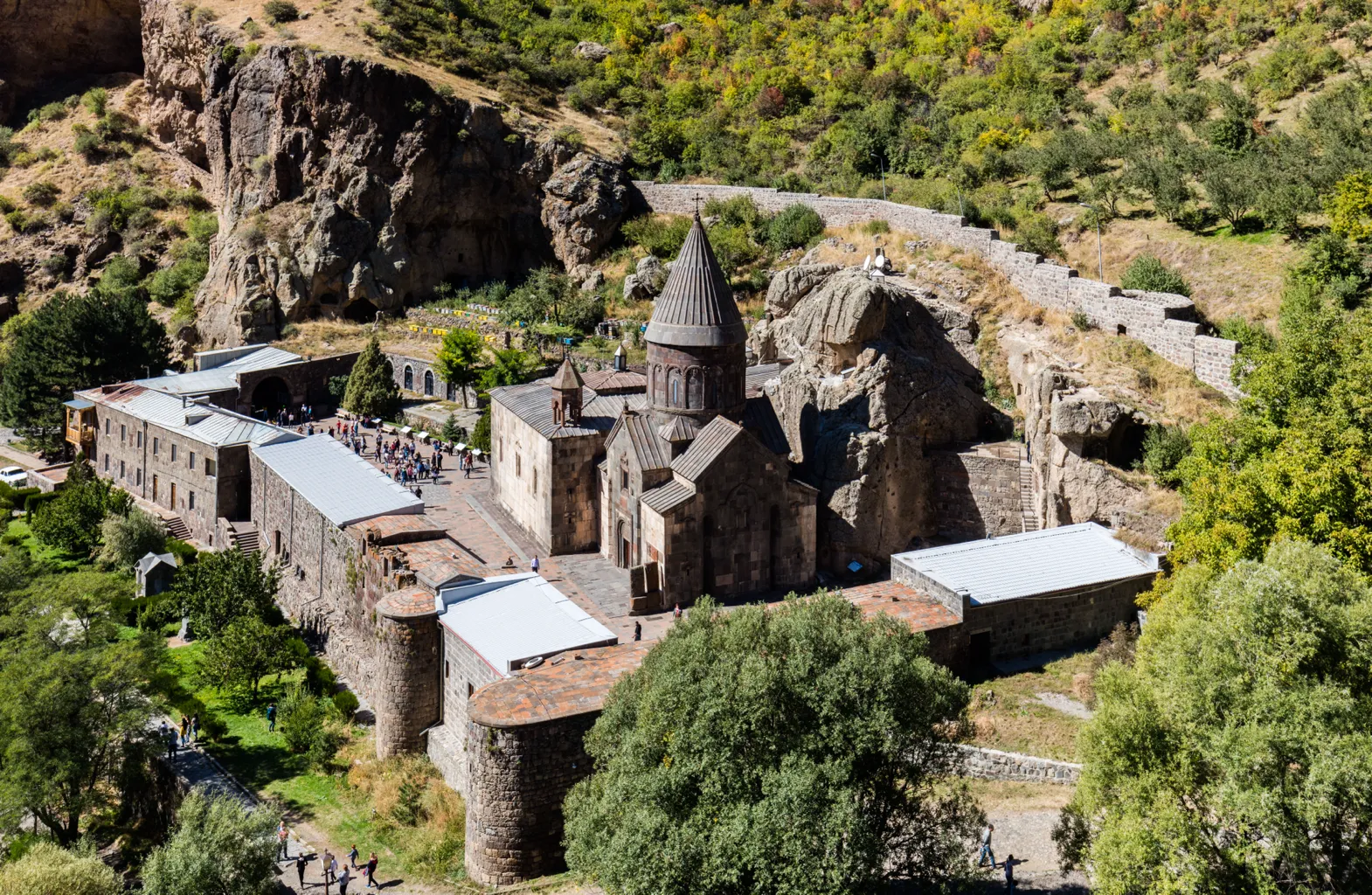
Geghard Monastery is partially carved out of a mountain and dates back to the 4th century AD. It’s famous for its rock-cut churches and beautiful acoustics. The monastery is cooler inside, making it a perfect summer retreat. There’s no entrance fee, but it can get crowded, so visiting early in the day is best.
Sanahin Monastery
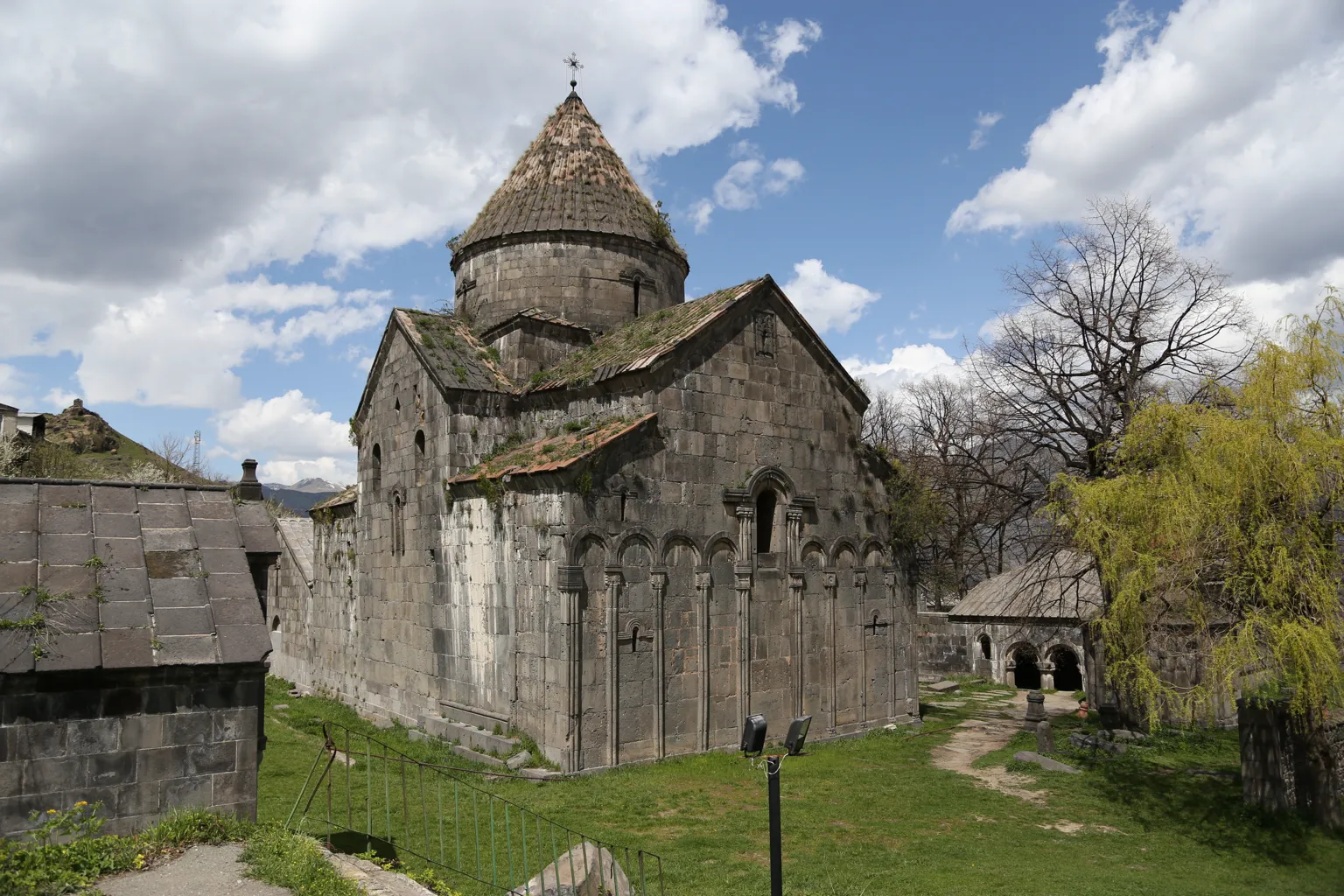
Sanahin Monastery is a 10th-century site, known for its scriptorium and intricate khachkars. It’s often paired with a visit to Haghpat Monastery. The monastery is quieter in the mornings, and there’s no entrance fee. The bridge of Sanahin, nearby, is also worth a visit.
Amberd Fortress
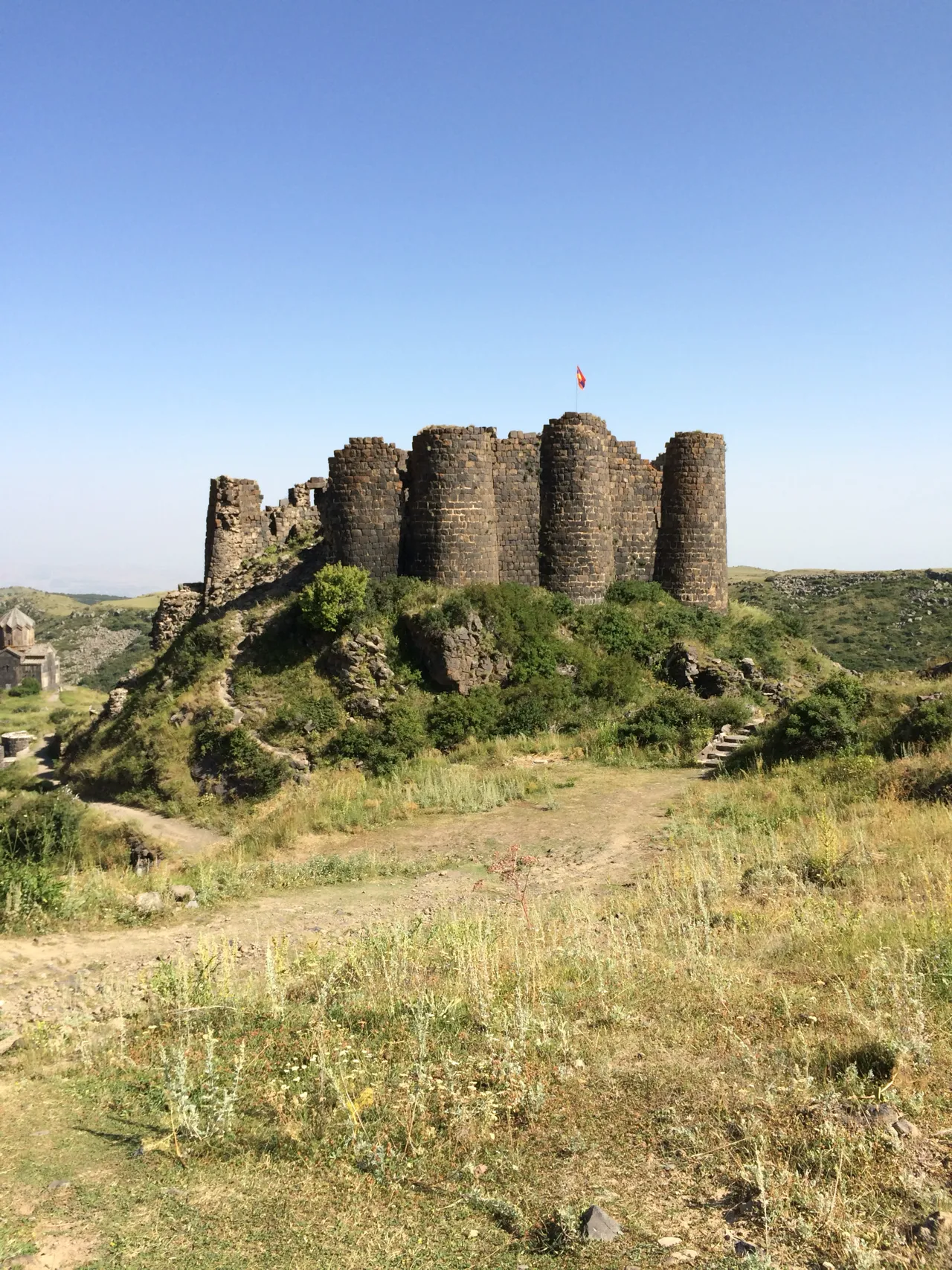
Amberd Fortress, at 2,300 meters above sea level, dates to the 7th century AD. It’s one of the few fortresses in Armenia that has survived. The fortress offers stunning views of Mount Aragats. Summer is the best time to visit, as the fortress is often inaccessible in winter due to snow. There’s no entrance fee, but the road up can be challenging.

